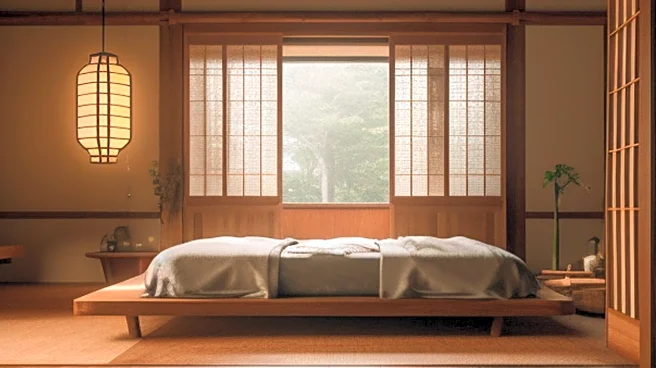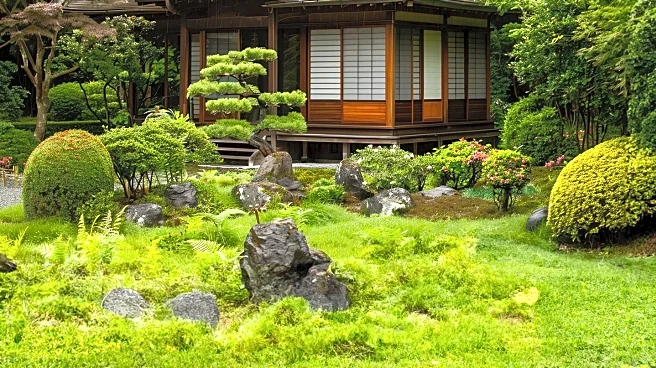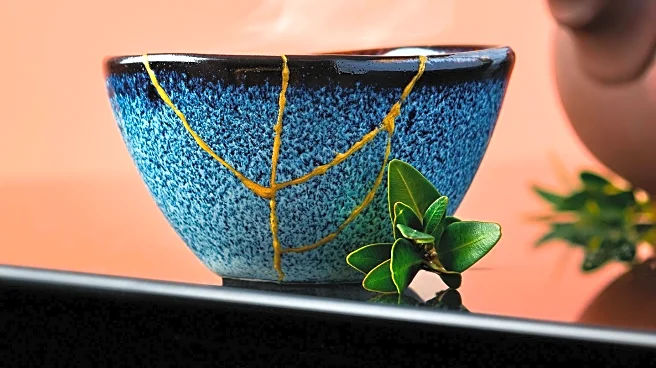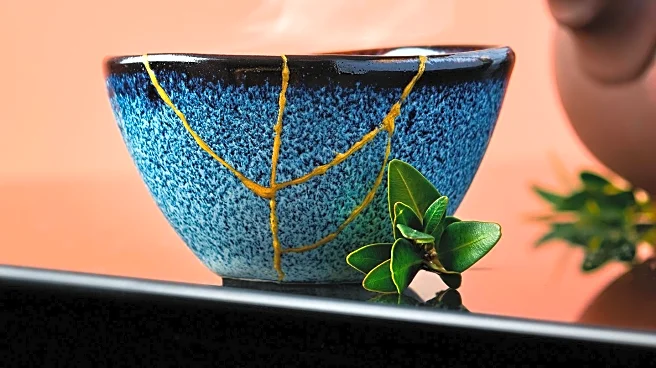What's Happening?
Coline Aguirre, originally from France, has purchased a traditional Japanese house in the countryside at the age of 24. Her interest in Japanese homes began during a high school exchange program in Kanagawa, Japan, where she fell in love with the traditional architecture. Aguirre moved to Japan alone to restore the property and start her own real-estate consultancy. The house, located in Uda, a town south of Kyoto, was bought remotely for approximately 4.9 million Japanese yen. Aguirre's journey reflects her passion for traditional Japanese homes and her entrepreneurial spirit, as she now runs a real-estate consultancy and an online boutique selling vintage kimonos.
Why It's Important?
Aguirre's move to Japan and her purchase of a traditional home highlight the growing trend of foreigners relocating to Japan, attracted by its safety standards and affordable real estate. Her story underscores the potential for international buyers to invest in Japan's real estate market, particularly in rural areas where prices are significantly lower than in Europe. This trend could lead to increased cultural exchange and economic activity in Japan's countryside, revitalizing areas with declining populations. Aguirre's consultancy aims to connect traditional Japanese homes with buyers interested in creative projects, potentially boosting local economies and preserving cultural heritage.
What's Next?
Aguirre plans to continue developing her real estate business, expanding her team and connecting more buyers with traditional Japanese homes. Her focus on creative projects could attract artists and entrepreneurs to rural Japan, fostering a community of like-minded individuals. As Aguirre improves her Japanese language skills, she hopes to integrate further into the local community and enhance her business operations. Her story may inspire other foreigners to consider similar ventures, contributing to the diversification and revitalization of Japan's rural areas.
Beyond the Headlines
Aguirre's experience raises questions about the sustainability of rural revitalization efforts and the role of foreign investment in preserving cultural heritage. Her approach to maintaining the original structure of her home while modernizing essential systems reflects a balance between tradition and innovation. This could serve as a model for others looking to invest in historical properties, emphasizing the importance of cultural sensitivity and sustainable development. Additionally, Aguirre's journey highlights the challenges and rewards of cross-cultural entrepreneurship, offering insights into the complexities of adapting to a new country and market.













